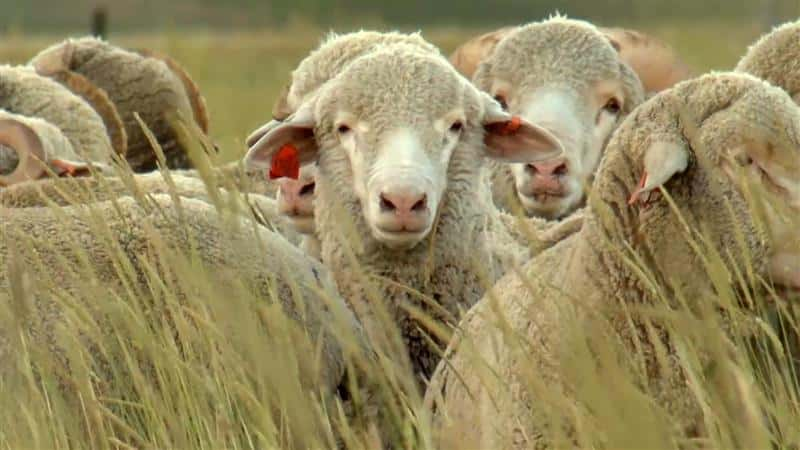DENVER, CO – The American Lamb Board’s (ALB) July market report is now available. The report indicates that both lamb imports and domestic production are down. “We are hopeful that lower lamb imports will result in improved lamb prices for the second half of 2023 and provide an opportunity for producers to produce more lambs and increase their flock so we can recapture market share,” says Peter Camino, ALB Chairman, Buffalo, WY.
Reduced Domestic Lamb Supply
Lamb weights are lighter than a year ago, and fewer imported pounds have resulted in a lower supply of lamb in the domestic market. Federally inspected (FI) lamb and yearling slaughter for July is 4% lower than 2022, and July production is about 10% less than last year. Although lamb and yearling harvest numbers are averaging above a year ago, supply side dynamics have changed. Compared to 2021, total slaughter is down about 7%, due to the smaller US lamb crop and less lambs being fed.
One positive number is mature sheep slaughter, which is lower than 2021 yet averages 5% higher than 2022. This is being driven by larger cull ewe numbers in Arizona, California and Nevada, while the Eastern Corn Belt, Southeast and Northeast are seeing modest increases from last year.
Lamb and mutton stocks in cold storage in June were up 8.9% from a year ago, although storage remain below the five-year average.
Imports Significantly Down
Smaller import volumes means that more American Lamb accounts for total lamb supply so far this year. Lamb imports are down 20% from 2022 for the first half of the year, with New Zealand imports seeing a cut of 22%. Mutton imports for the first part of 2023 are reduced by 23% from last year.
US Retail Trends
Food prices continue rising, despite subsiding inflation. The June Consumer Price Index (CPI) rose 5.7% and is still rising. Household debt is growing, while the strong labor market is presenting a challenge to decreasing inflation.
The USDA Agricultural Marketing Service (AMS) reported a boost of $1.27 per pound for all lamb cuts (domestic and imported) in July, $.40 per pound higher than last year. The National Lamb Cutout Value gained $4 per cwt due to tighter lamb supplies, averaging $514 per cwt. However, this is 15% below last year. Wholesale values for shoulders, loins and legs increased modestly from June, but were still reduced compared to 2022.
Lamb Prices, Forage Situation
Lambs sold in Colorado, South Dakota and Texas averaged $178 per cwt in July, well over the $157 per cwt average from last year. Video market sales were even better, with prices ranging between $177-$215 per cwt. The National Negotiated Live Slaughter Lamb price hit $190 per cwt in late July.
Although hay remains expensive, less than 25% of continental US pastures require supplemental feeding, compared to 46% at this time last summer. A third of the Corn Belt is experiencing poor conditions, a change from the past 3 years without drought.
Outlook
The Livestock Marketing Information Center (LMIC) forecasts stronger prices, with feeder lamb prices about 3-4% higher and slaughter lamb prices up 30%.












